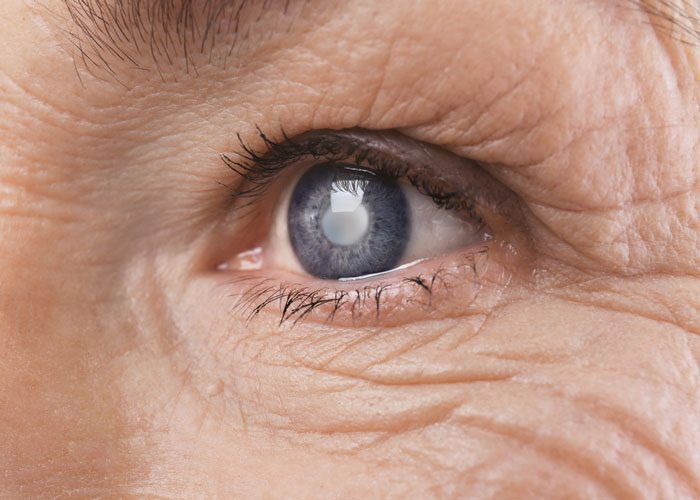LXB4 lipid protect neurons against glaucoma
Posted: 7 November 2017 | Dr Zara Kassam (Drug Target Review) | No comments yet
Researchers have identified a new neuroprotective factor that has the potential to help people suffering from glaucoma…


A research team led by scientists at the Krembil Research Institute in Toronto have identified a new neuroprotective factor that has the potential to help people suffering from the common blinding disease glaucoma.
“This discovery provides hope that we can devise a new strategy for protecting the vision of glaucoma patients,” said principal investigator Dr Jeremy Sivak, who holds the Glaucoma Research Chair at the Donald K. Johnson Eye Institute at UHN and is Associate Professor at the University of Toronto School of Medicine.
As part of the study, researchers studied the different functions of cells in the retina and optic nerve; the delicate cable connecting the eye to the brain. The team identified an unconventional signal – a unique lipid called LXB4 that protects these neurons against the harmful effects of glaucoma in preclinical models.
Biomarkers aren’t just supporting drug discovery – they’re driving it
FREE market report
From smarter trials to faster insights, this report unpacks the science, strategy and real-world impact behind the next generation of precision therapies.
What you’ll unlock:
- How biomarkers are guiding dose selection and early efficacy decisions in complex trials
- Why multi-omics, liquid biopsy and digital tools are redefining the discovery process
- What makes lab data regulatory-ready and why alignment matters from day one
Explore how biomarkers are shaping early drug development
Access the full report – it’s free!
“We found that this tiny lipid molecule is normally present in healthy eyes and acts as a neuroprotective signal,” said Dr Sivak. “Healthy eyes produce LXB4, but in diseased eyes, its levels are reduced. We showed that by restoring LXB4 we can preserve injured nerve cells from dysfunction and death.”
Glaucoma is a progressive neurodegenerative disease of the optic nerve that is irreversible and can eventually lead to blindness. It affects more than 400,000 Canadians and 70 million people worldwide. There is no known cure, and current treatments are limited to reducing eye pressure. A method to preserve the survival of nerve cells is a major research and pharmaceutical goal for all neurodegenerative conditions.
“A particularly exciting part of this discovery is that we don’t think this effect is limited to glaucoma,” said Dr Sivak. “This neuroprotection extends to the central nervous system and could be applicable to a host of other neurodegenerative diseases.”
Next steps for the research team include further investigation of the mechanisms that underpin this signal in the eye, and designing a practical method to activate it in the clinic. Researchers also plan to explore the potential application of this discovery to various other conditions, such as Alzheimer’s Disease and Parkinson’s Disease.
The research team, which was led by Dr Sivak and assisted by Dr John Flanagan and Dr Karsten Gronert of the University of California, Berkeley. The results of the study have been published in the Journal of Clinical Investigation.
Related topics
Neuroprotection, Neuroprotective compounds
Related conditions
Glaucoma, Neurodegenerative diseases
Related organisations
University of California Berkeley
Related people
Dr Jeremy Sivak, Dr John Flanagan, Dr Karsten Gronert







